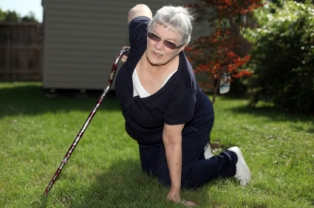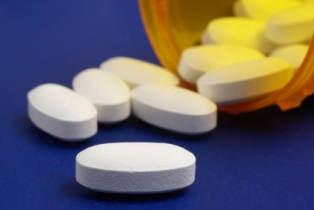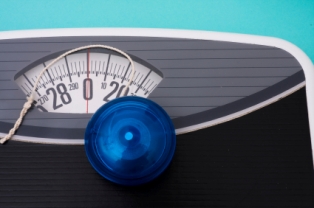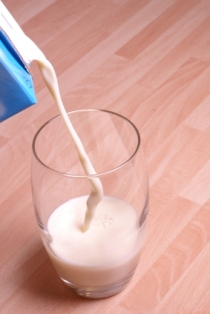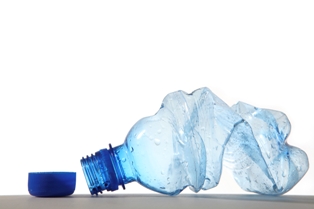Muscle-shaping 101: 5 Tips (Part 1)
[ Note: This article was written by fitness and nutrition author Jon Benson. Jon is a good friend of mine so I have his permission to share it with you.  I have personally reviewed Every Other Day Diet in addition to Jon's other products and I give them my highest recommendation. I'm an affiliate of Jon's and receive a portion of the proceeds made via the links in this article. A portion of the proceeds I receive are used to help expand Natural Health On The Web. This gives me the resources to expand so I can continue to create articles, blogs and offer you a free and reliable resource of natural health information. Enjoy the article.]
Ever heard of Rowdy Gains?
Rowdy was swimmer and Olympic gold-medalist in the 1984 Olympics.
But that’s not what made Rowdy special.
And certainly not what makes his story worth reading when it comes to muscle-shaping secrets.
Over the next few days I’m going to be sharing 5 Tips for putting on lean muscle. If you want to put on a 2 lbs or 20lbs of muscle, these 5 Tips will help you do it faster than ever.
Remember: Muscle burns calories at rest… the more lean muscle you have the less bodyfat you’ll have if you eat the way I suggest. It’s as simple as that.
Back to Rowdy Gains…
His story is golden because of ‚Äúhow‚ÄĚ he won the medal.
You see, Rowdy was an underdog. He was considered too old to be a legitimate threat in the race, despite being a world record-holder. He has missed his prime due to the boycott of the 1980 Olympics.
But Rowdy had a good coach (more on that tomorrow)‚Ķ and his coach knew the power of ‚Äúdistinctions‚Ä̂Ķ
Distinctions are the subtle things that turn average into excellence and losers into winners. Often distinctions are so hard to spot that even the smartest people miss them.
The men and women who succeed massively rarely miss them.
Rowdy was focused on the race… but his coach was focused on the distinctions.
‚ÄúWhat can Rowdy do that no one else is doing to give him an edge?‚ÄĚ
Well, his savvy coach noticed that the guy who started the race was calling ‚Äúon your marks‚Ķ‚ÄĚ and then quickly firing the starting-gun. Very quickly in fact.
His coach came up to him moments before the race and said, ‚ÄúRowdy, jump early.‚ÄĚ
And jump early he did. He was first off the blocks and never looked back.
Turns to find out that his time off the blocks was the difference between winning and losing. And the second place guy was furious! He was hitting the wall and yelling about the ‚Äúfalse start‚Ä̂Ķ but there was not a false start upon reply.
Just a savvy start! A start based on one, small, tiny… actually monumentally huge distinction.
The first thing you need to ask yourself when it comes to your weight-training goals is this:
‚ÄúWhat small distinctions can I make to turn an average workout into a super-productive workout‚ÄĚ?
Again, these are small distinctions… little things that add up to huge gains.
Here’s an example:
When doing a chest press exercise, I have two distinctions that have made all the difference in my chest gains.
First, I turn my palms inward, rather than facing out, when pressing with dumbbells. Obviously this does not work with barbell presses, but I use mostly dumbbells.
The result? No rotator cuff or shoulder injuries.
This alone has allowed me to train three more months out of each year. That’s how much time I used to lose before an orthopedic surgeon gave me this tip.
Second, when pressing, I explode up. Then I slow DOWN… I always lower the weight slower than I lift it up. This gives me TWO growth factors rather than just one in the same movement, and without one second difference in the gym.
Again… distinctions.
If you want my book on the best distinctions I’ve ever used for gaining lean muscle, then go here:
7 Minute Workouts <‚Äď go.
Think about it next time you plan your workouts.
Posted: December 1st, 2009 under Fitness.
Comments: none




